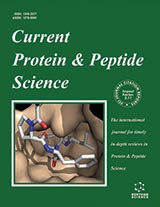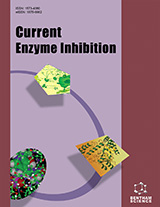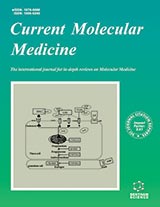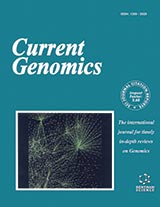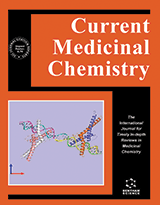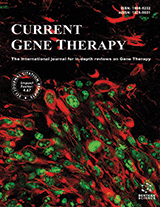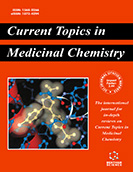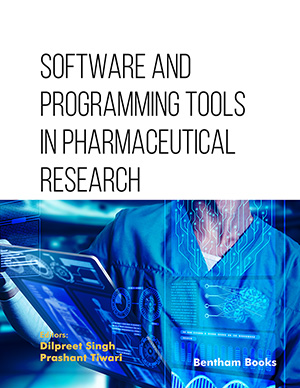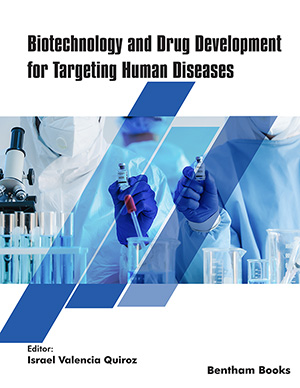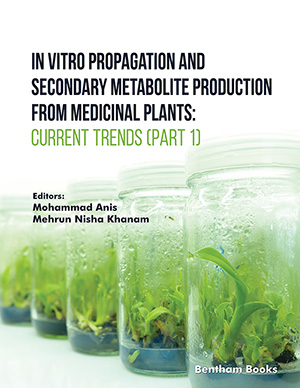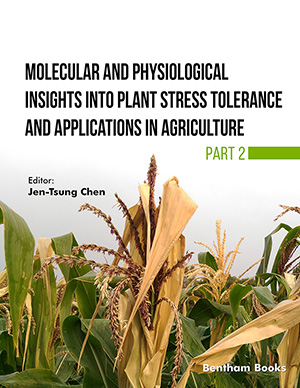Abstract
The presence of Galanin and Neuropeptide Y and/or their receptors in several areas of the brain involved in memory, mood, cardiovascular control and food intake indicates that Galanin, and Neuropeptide Y could equilibrate the physiological actions of each other. There is evidence for the existence of interactions between Galanin Receptor and Neuropeptide Y Receptor in the nucleus of the solitarii tract (NTS), hypothalamus and dorsal raphe nucleus probably taking place with the formation of heteromers between Galanin Receptor and Neuropeptide Y Y1 Receptor. The galanin fragment (Gal 1-15) preferring receptors may instead be formed by the GalR1-GalR2 heteromer which in the NTS may interact with Neuropeptide Y Y2 receptors. These receptor heteromers may be one key molecular mechanism for Galanin and its N-terminal fragment (Galanin 1-15) to modulate the function of different types of glia–neuronal networks in the CNS, especially the emotional, metabolic and cardiovascular networks.
Keywords: Galanin, Galanin 1-15, Galanin receptor subtypes, GPCRs, Heteromers, Neuropeptide Y, NPY receptors.
Current Protein & Peptide Science
Title:Galanin Receptor/Neuropeptide Y Receptor Interactions in the Central Nervous System
Volume: 15 Issue: 7
Author(s): Zaida Diaz-Cabiale, Antonio Flores-Burgess, Concepcion Parrado, Manuel Narvaez, Carmelo Millon, Araceli Puigcerver, Rafael Covenas, Kjell Fuxe and Jose A. Narvaez
Affiliation:
Keywords: Galanin, Galanin 1-15, Galanin receptor subtypes, GPCRs, Heteromers, Neuropeptide Y, NPY receptors.
Abstract: The presence of Galanin and Neuropeptide Y and/or their receptors in several areas of the brain involved in memory, mood, cardiovascular control and food intake indicates that Galanin, and Neuropeptide Y could equilibrate the physiological actions of each other. There is evidence for the existence of interactions between Galanin Receptor and Neuropeptide Y Receptor in the nucleus of the solitarii tract (NTS), hypothalamus and dorsal raphe nucleus probably taking place with the formation of heteromers between Galanin Receptor and Neuropeptide Y Y1 Receptor. The galanin fragment (Gal 1-15) preferring receptors may instead be formed by the GalR1-GalR2 heteromer which in the NTS may interact with Neuropeptide Y Y2 receptors. These receptor heteromers may be one key molecular mechanism for Galanin and its N-terminal fragment (Galanin 1-15) to modulate the function of different types of glia–neuronal networks in the CNS, especially the emotional, metabolic and cardiovascular networks.
Export Options
About this article
Cite this article as:
Diaz-Cabiale Zaida, Flores-Burgess Antonio, Parrado Concepcion, Narvaez Manuel, Millon Carmelo, Puigcerver Araceli, Covenas Rafael, Fuxe Kjell and Narvaez A. Jose, Galanin Receptor/Neuropeptide Y Receptor Interactions in the Central Nervous System, Current Protein & Peptide Science 2014; 15 (7) . https://dx.doi.org/10.2174/1389203715666140901111709
| DOI https://dx.doi.org/10.2174/1389203715666140901111709 |
Print ISSN 1389-2037 |
| Publisher Name Bentham Science Publisher |
Online ISSN 1875-5550 |
Call for Papers in Thematic Issues
Advancements in Proteomic and Peptidomic Approaches in Cancer Immunotherapy: Unveiling the Immune Microenvironment
The scope of this thematic issue centers on the integration of proteomic and peptidomic technologies into the field of cancer immunotherapy, with a particular emphasis on exploring the tumor immune microenvironment. This issue aims to gather contributions that illustrate the application of these advanced methodologies in unveiling the complex interplay ...read more
Artificial Intelligence for Protein Research
Protein research, essential for understanding biological processes and creating therapeutics, faces challenges due to the intricate nature of protein structures and functions. Traditional methods are limited in exploring the vast protein sequence space efficiently. Artificial intelligence (AI) and machine learning (ML) offer promising solutions by improving predictions and speeding up ...read more
Nutrition and Metabolism in Musculoskeletal Diseases
The musculoskeletal system consists mainly of cartilage, bone, muscles, tendons, connective tissue and ligaments. Balanced metabolism is of vital importance for the homeostasis of the musculoskeletal system. A series of musculoskeletal diseases (for example, sarcopenia, osteoporosis) are resulted from the dysregulated metabolism of the musculoskeletal system. Furthermore, metabolic diseases (such ...read more
Protein Folding, Aggregation and Liquid-Liquid Phase Separation
Protein folding, misfolding and aggregation remain one of the main problems of interdisciplinary science not only because many questions are still open, but also because they are important from the point of view of practical application. Protein aggregation and formation of fibrillar structures, for example, is a hallmark of a ...read more
Related Journals
 38
38
- Author Guidelines
- Graphical Abstracts
- Fabricating and Stating False Information
- Research Misconduct
- Post Publication Discussions and Corrections
- Publishing Ethics and Rectitude
- Increase Visibility of Your Article
- Archiving Policies
- Peer Review Workflow
- Order Your Article Before Print
- Promote Your Article
- Manuscript Transfer Facility
- Editorial Policies
- Allegations from Whistleblowers
Related Articles
-
mTOR in Growth and Protection of Hypertrophying Myocardium
Cardiovascular & Hematological Agents in Medicinal Chemistry Epigenetic control of cardiovascular health by nutritional polyphenols involves multiple chromatin-modifying writer-reader-eraser proteins
Current Topics in Medicinal Chemistry Merging Traditional Chinese Medicine with Modern Drug Discovery Technologies to Find Novel Drugs and Functional Foods
Current Drug Discovery Technologies Meet Our Editorial Board Member
Current Cardiology Reviews Reactive Oxygen Species, Vascular Disease and Cardiovascular Surgery
Current Vascular Pharmacology Clinical Update: Treatment of Glioblastoma Multiforme with Radiolabeled Antibodies that Target Tumor Necrosis
Current Cancer Therapy Reviews UHPLC-ESI-QToF Analysis of Trandolapril and Verapamil Hydrochloride in Dosage Form and Spiked Human Plasma Using Solid Phase Extraction: Stability Indicating Assay Method
Current Pharmaceutical Analysis Antiplatelet Agents in Cardiology: A Report on Aspirin, Clopidogrel, Prasugrel, and Ticagrelor
Current Pharmaceutical Design Nanomaterial Based Approaches for the Diagnosis and Therapy of Cardiovascular Diseases
Current Pharmaceutical Design The APOE Genotype: Modification of Therapeutic Responses in Alzheimer's Disease
Current Pharmaceutical Design Serum Vitamin D Concentration and Potential Risk Factors for its Deficiency in HIV Positive Individuals
Current HIV Research Development of a Suitable Dissolution Method for the Combined Tablet Formulation of Atorvastatin and Ezetimibe by RP-LC Method
Current Drug Delivery Mixed Connective Tissue Disease (MCTD) – A Coming of Age
Current Rheumatology Reviews Oral Anticoagulation in Atrial Fibrillation
Cardiovascular & Hematological Agents in Medicinal Chemistry Plasma Level of D-dimer is an Independent Diagnostic Biomarker for Deep Venous Thrombosis in Patients with Ischemic Stroke
Current Neurovascular Research Melatonin in Pregnancy: Effects on Brain Development and CNS Programming Disorders
Current Pharmaceutical Design TRPV1 Function in Health and Disease
Current Pharmaceutical Biotechnology Foreword [ Current Vascular Pharmacology is 10 Years Old! ]
Current Vascular Pharmacology A Review of Dietary Influences on Cardiovascular Health: Part 1: the role of Dietary Nutrients
Cardiovascular & Hematological Disorders-Drug Targets Genomic and Epigenetic Complexity of the FOXF1 Locus in 16q24.1: Implications for Development and Disease
Current Genomics


